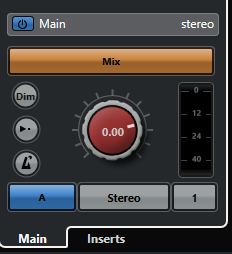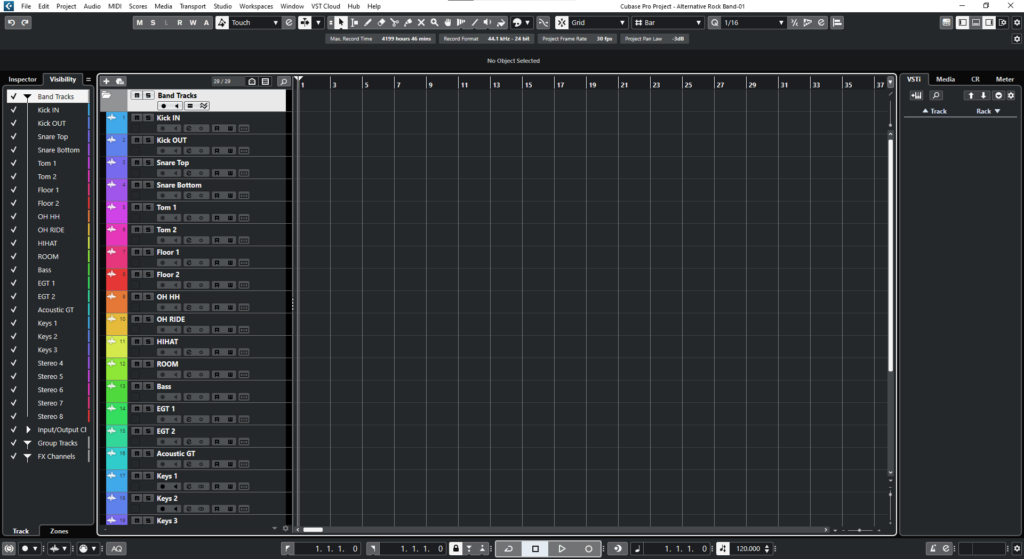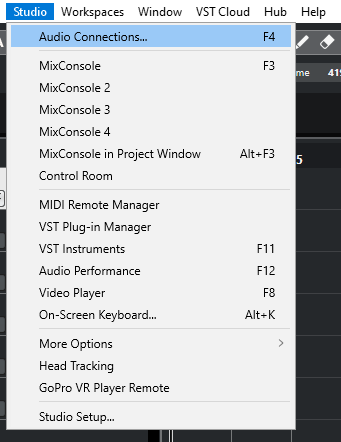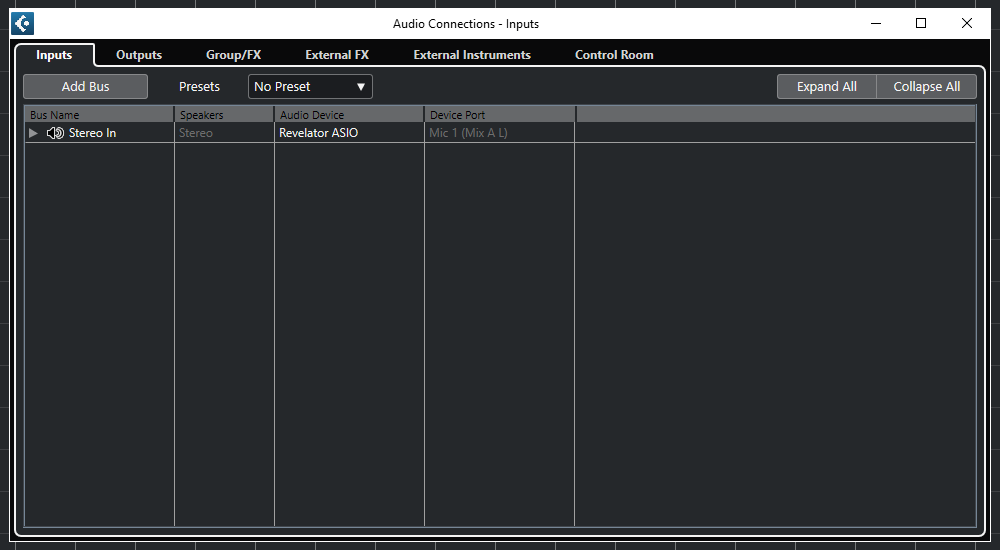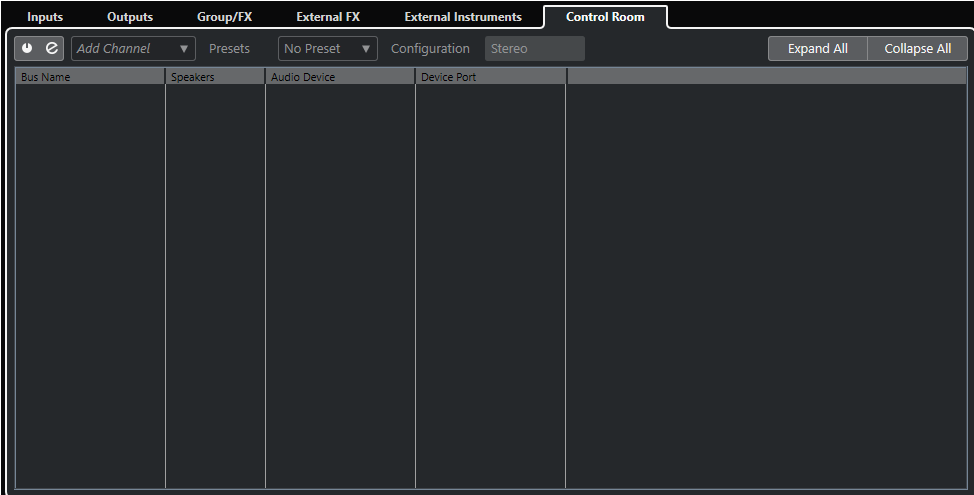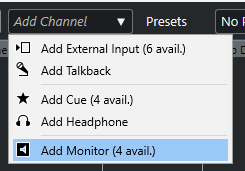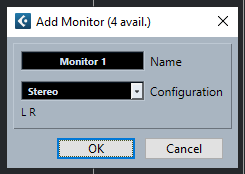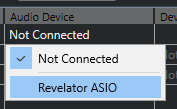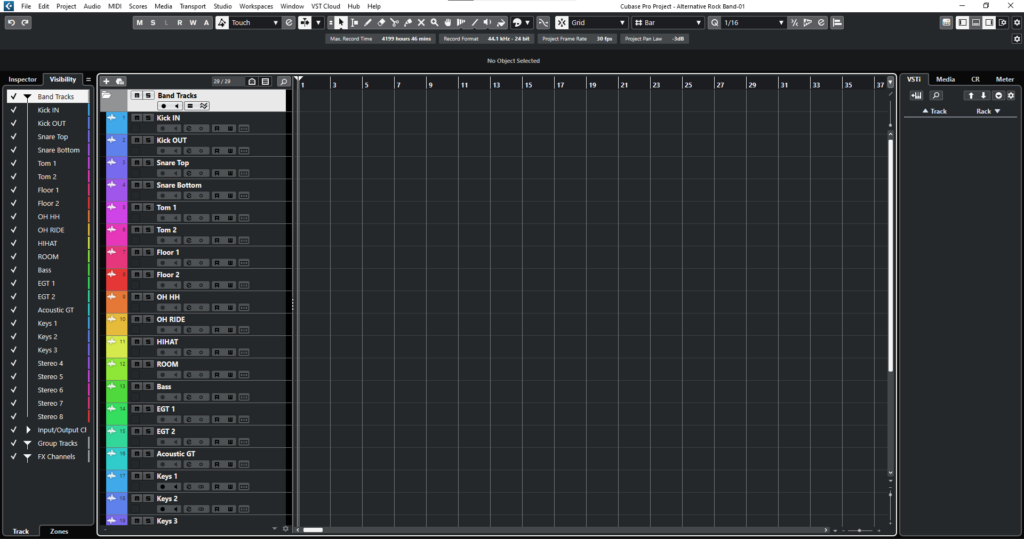How to use the Control Room in Cubase
This blog will cover How to use the Control Room in Cubase.
This blog is part of our new series of tutorials based on the new version of Steinberg Cubase 12.
Want to learn how to use Steinberg Cubase in real time, with a professional digital audio trainer? It’s faster than blogs, videos, or tutorials. Call OBEDIA for one on one training for Avid Pro Tools and all digital audio hardware and software. Mention this blog to get 15 bonus minutes with your signup! Call 615-933-6775 and dial 1, or visit our website to get started.
Need a Pro Audio laptop or Desktop PC to run Steinberg Cubase software and all of its features at its best?
Check out our pro audio PCs at PCAudioLabs.
Control Room in Cubase
Cubase lets you work and route signals as if you were in an actual analog console.
Monitoring is crucial when mixing and mastering, and fortunately, Cubase lets you setup a Monitoring Bus that resembles the Monitor Section of a board.
However, this is not the case by default.
If you want to have a “Control Room” monitoring routing, you must enable this feature.
This tutorial will demonstrate how to do this!
- Open a Cubase project:
2. Click on: Studio -> Audio Connections:
The Audio Connections window will open as:
3. Click on the “Control Room” tab:
The Control Room tab will open as:
As you can see, it all appears to be greyed out. This is because the Control Room option is disabled.
But we will enable it in order to use all of its features!
4. Click on the “Enable/Disable Control Room” button all the way to the left of the screen:
The Control Room options will appear enabled as:
5. Click on Add Channel -> Add Monitor:
The Add Monitor window will show as:
6. From this list we will leave all the parameters default and press OK:
The Monitor configuration will appear as:
Now we need to assign the audio device to this monitor setup.
7. From the Audio Device list, click on “Not Connected” and select the proper device:
For the purpose of this tutorial, it is the Revelator ASIO device.
Once selected it will appear as:
8. We can now close this window and go back to the main timeline window:
9. Locate the right tab of the Timeline window, and click on “CR” (Control Room):
The Control Room features will now show as:
It is easy to see how now you have the standard monitoring section parameters such as:
- Control Room Level knob
- Dim
- Metronome
- Inserts
And that is it!
You have now learned How to use the Control Room in Cubase.
We hope you found this tutorial on how to Set your MIDI Controller in Cubase helpful!
Using Steinberg Cubase software to produce music would be ideal with one of our professionally designed PCAudioLabs Systems due our high-performance specifications in order to work with any of the Digital Audio Workstations supported. If you would like to order one of our PCAudioLabs computers, please call us at 615-933-6775 or click this link for our website.

